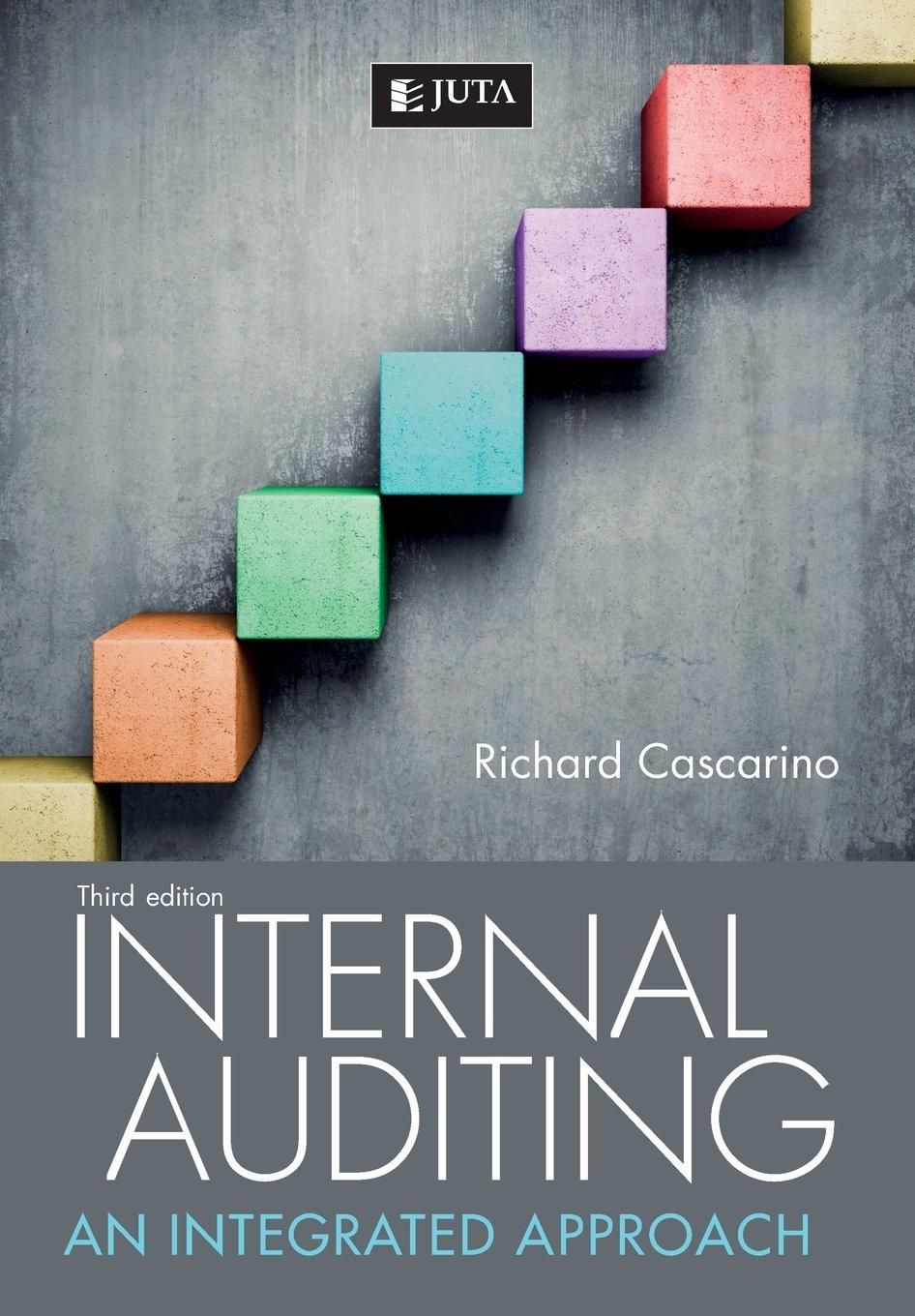I NEED HELP PLS


Questions 9-14 are based on the following information. Bond valuation. On Jan. 1, 2016, your cousin, Laura, purchased one $1,000, 3-year semiannual bond with a coupon rate of 8%. The yield of the bond was 9% at the time. 9. How much did Laura pay for the bond? a. 974.21 b. 986.26 C. 1,000 d. 767.90 10. This bond was a a. discount bond b. premium bond C. par bond d. all of the above 11. How much did the firm actually borrow from Laura on Jan. 1, 2016? a. $1,000 b. $974.21 C. 986. d. $767.90 respectively. 12. The coupon payment and interest in the first period were a. $40 and $40 b. $40 and $43.84 c. $80 and $80 d. $40 and $80 (Hint: interest-outstanding debt*interest rate) 13. Did the firm's coupon payment change over time? In other words, did the firm's coupon payment increase, decrease, or stay the same in the period from July 1 to Dec. 31, 2016 in comparison with the period from Jan. 1 to Jun. 30, 2016? a. Yes b. No c. Cannot determine (Hint: you need to distinguish difference between interest payment and coupon payment.) 14. On July 1, 2017, Laura persuaded you to buy one bond. Suppose bond yield was unchanged. How much did you pay? a. 986.26 b. 990.83 c. 1000 d. 974.21 Questions 9-14 end. Questions 15-18 are based on the following information. Bond amortization. Today, you bought one corporate semi-annual bond with $1,000 par value, 8% coupon rate, 10 years left to maturity. The current interest rate of the bond is 10%. 15. What is the price of the bond today? a. $875.38 b. $877.11 c. $1,000.00 d. $1,135.90 16. How much interest (not just coupon) in total should the corporation pay you in the next five years? a. $400.00 b. $445.20 c. $447.40 d. $447.07 (Hint: you need to distinguish interest from coupon. Coupon = par value x coupon rate, and interest = debt principal outstanding x interest rate of the debt. You also need to know that the "interest rate of the debt" is the market interest at the time of borrowing, not the market interest rate in subsequent periods. In addition, you need to know that mortgage loans and bonds are very similar because both are debts. So, the logic of Fixed Rate Mortgage (FRM) amortization is applicable to bond amortization. You need to do the bond amortization. Continue the previous question.) 17. How much will the corporation owe you at the end of the fifth year? a. $1,081.11 b. $922.78 c. $924.18 d. $1000.00 (Hint: if you are able to work out the last problem, you should also be able to solve this one. This problem is also about bond amortization.) 18. Suppose the market interest rate does not change in the next ten years and the corporation does not default on the bond, which of the following statements about the bond's price over the next 10 years is TRUE? a. The bond's price is decreasing over time until it becomes $1,000 at the time of maturity. b. The bond's price is unchanged over time. c. The bond's price is increasing over time until it becomes $1,000 at the time of maturity. d. The bond's price is undetermined. (Hint: if you are able to work out the last problem, go one step further, I believe you can also think this out. The last problem helps you to think out this one.) Questions 15-18 end








